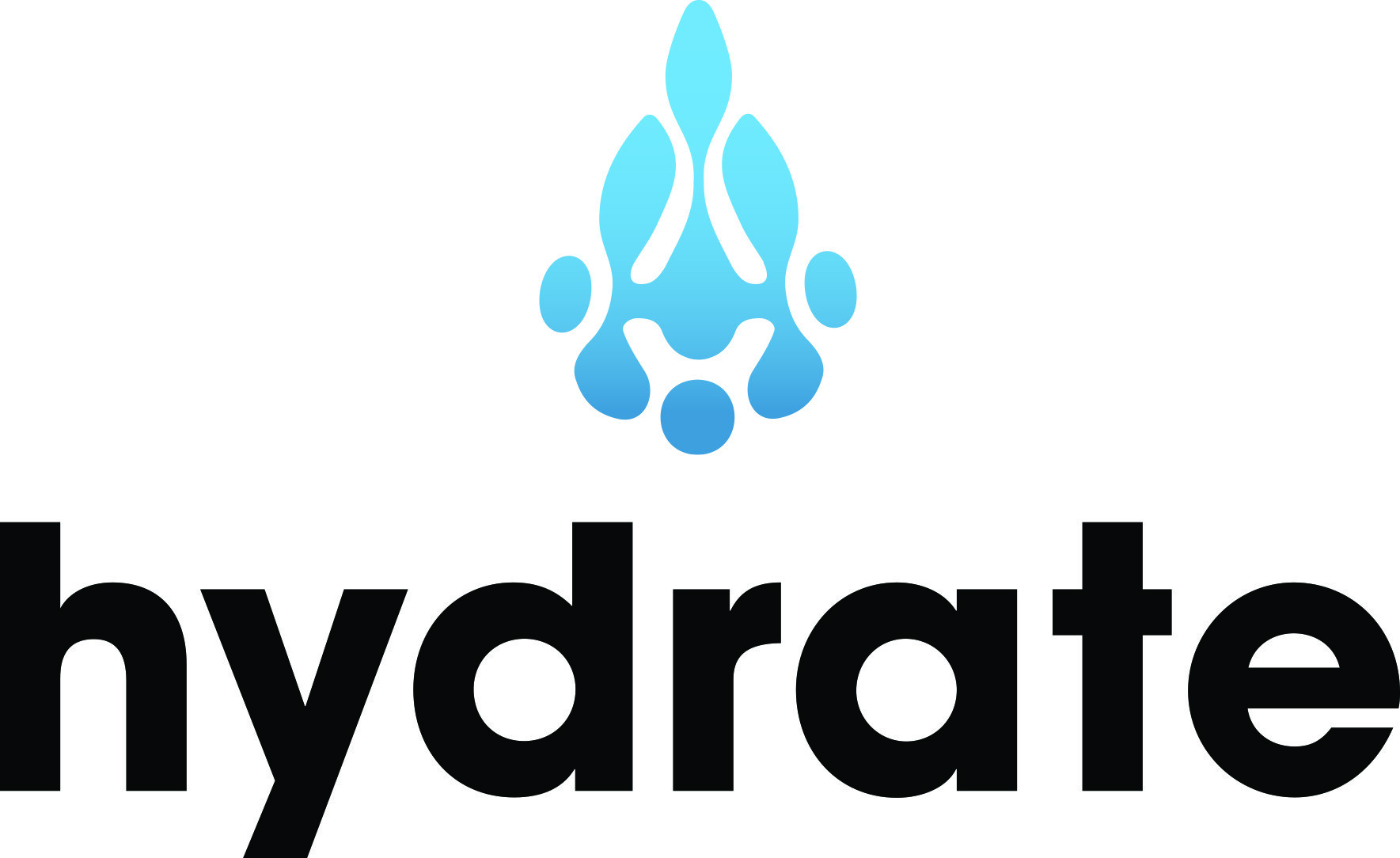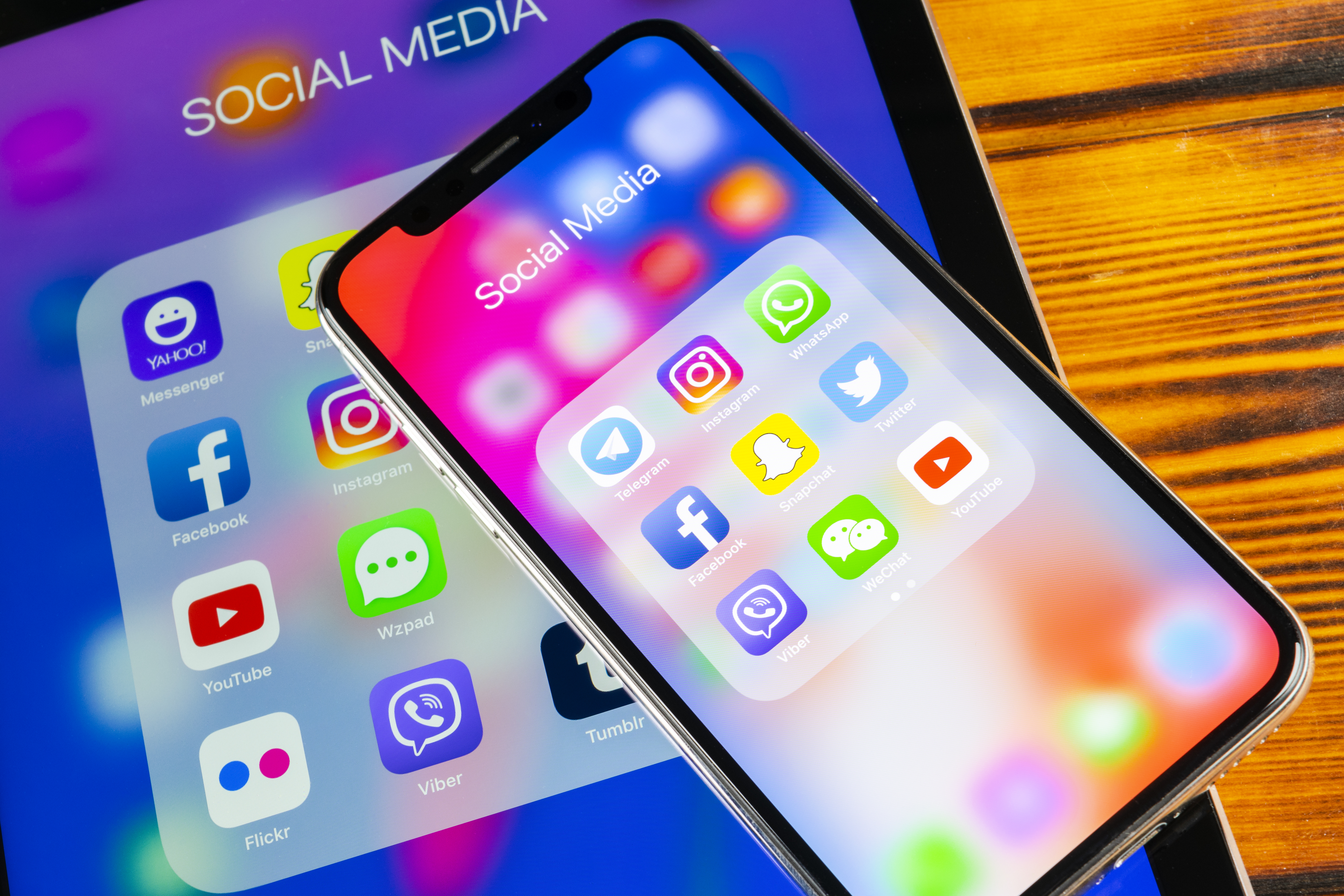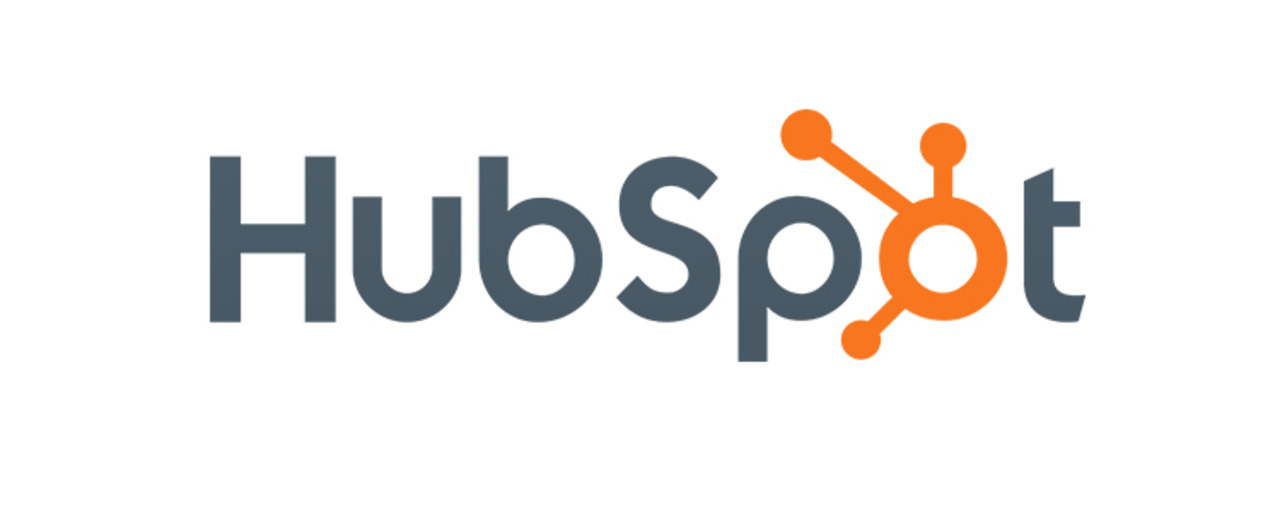Spring cleaning is not exclusively relevant to 1950s housewives. If you work in an office setting, you probably already have a pretty good idea of how much clutter can affect your productivity. This extends beyond a messy desk. Although many business people are on their computers for nearly 40 hours a week, there are still plenty of digital tasks that get pushed aside time and time again. The turn of the season is a great excuse to finally take a moment to accomplish these things. Trust us, it’s worth taking the time at least once a year. It will not only positively impact your productivity, but you might be ignoring crucial digital marketing to-dos that could bring you more business. Here are this spring’s top 5 digital cleaning tasks you should add to your list…
Everyone shares a common concern about how the pandemic is impacting business. Many are wondering, "How do I share important information with my clients or customers when we’re all working and communicating in new ways?" Here are 4 critical activities your business should be doing right now to stay in touch...
Social media engagement is essentially online customer service. It shouldn’t be thought of as a single interaction, but as a long-term relationship. If you think of engagement as a simple series of actions (reply to this comment, like this tagged post, respond to this direct message) you’ll miss the reasoning behind why this is so important. These interactions should all be done with the intent of attracting prospects, engaging customers, and delighting fans enough to keep them coming back.
In the marketing world, we discuss millennials constantly. But, believe it or not, it’s time to heavily consider the next generation of consumers as well. This is the group of people born after 1995 (aged 24 or under) that society refers to as Generation Z. According to Fast Company, this generation will account for 40% of all consumers by next year. A recent Facebook report, "Getting to Know the ‘Me Is We’ Generation” estimates that Gen Zers already influence some $143 billion in spending in the US alone. So, how do you get this new, unique, and important group of consumers to pay attention to your company without screaming, “Hey, Gen Z, look at me!” (Don’t do that, by the way, they won’t like it.)
Don’t underestimate the power of a hashtag! According to Sprout Social, an Instagram post with at least one hashtag averages 12.6% more engagement than a post with no hashtags. Plus, if you use hashtags strategically, they will not only help you reach more people, they will help you reach the right people.
Every day that I come into work, I put my bag down, get settled, and jump onto my tightrope. The stakes are high because I really don’t want to fall off my rope. If I wobble to the left, I might end up in the land of creative writing, where everything is lovely and artsy but not always practical and helpful. If I topple off the right-hand side, I’ll fall into the dark pit of technical writing where I’ll be doomed to an eternity of boredom.
Marketing methods and how we consume content are ever changing and while we have seen social media use grow over the last few years, there has been an explosion of growth in video content across all social media platforms. According to TubularInsights, views of sponsored video content on Facebook jumped by 258% between 2016 and 2017 and you can bet that number is even higher now. With nearly one third of the world’s population on Facebook, it has the largest audience of any social network and video is what’s getting the greatest reach right now.
Walking into an educational session called “How to Make Your Content More Inclusive” at HubSpot’s INBOUND event earlier this year, I wasn’t convinced that it was going to be the best use of my time. That week was packed with speakers who delivered specific takeaway messages about creating more effective Facebook ads, Instagram posts, email newsletters, and so on. All lessons I really wanted to absorb, bring home with me, and instantly implement for our company and our clients. I confess, my attendance at this session was based on the number of open seats left, not how practical I thought it was going to be.
Trade shows: love them or hate them, if you’re in the manufacturing business you know that these events are still a common way for companies to gain more exposure and sell more product. There is something to be said for traveling to a place where hundreds of leads and customers are brought straight to you. So, what’s to hate? The cost.
As HubSpot partners and an agency who heavily relies on the platform, we’ve come to find out that many HubSpot users aren’t taking full advantage of all that the platform has to offer. Whether it’s that they were set up by another agency and never onboarded or they set themselves up and just haven’t had the time to really learn the platform, we see missed opportunities left and right. Of course, it takes time to get comfortable with any type of new software, but we can assure you that at least in this scenario, it’s time well spent.















